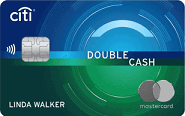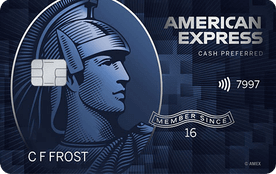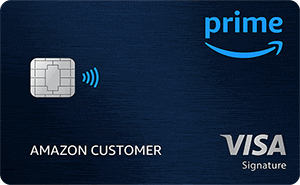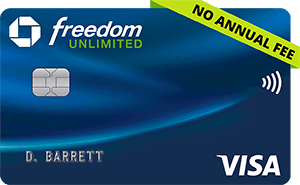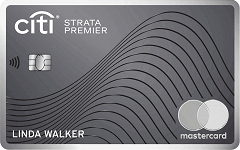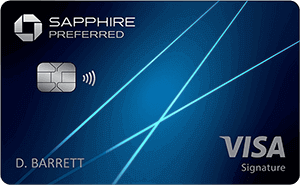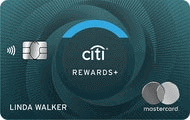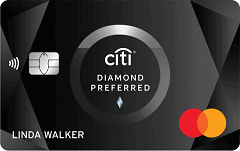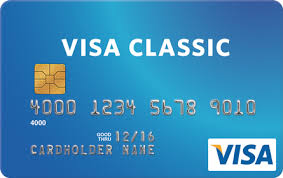 With a chip card, a cardholder’s confidential data is more secure than on a magnetic stripe card. Every time a chip card is used for payment, the card chip creates a unique transaction code that cannot be used again.
With a chip card, a cardholder’s confidential data is more secure than on a magnetic stripe card. Every time a chip card is used for payment, the card chip creates a unique transaction code that cannot be used again. Right now, over 130 countries of the world already use chip card readers as the standard. In the U.S., starting in October 2015, businesses that don’t accept EMV chip cards will be responsible for paying for fraud that occurs at the point of sale. Using an EMV chip credit card become more realistic now than ever.
What is a chip card?
A chip card is a credit or debit card embedded with a microchip. The embedded microchip generates unique, dynamic data for each transaction when used in a chip card reader. This adds an additional layer of fraud protection to your card.
What is a chip card called?
EMV card
EMV chip card
chip enabled card
chip & signature card
chip & pin card
What is EMV?
EMV stands for Europay, MasterCard and Visa. It is a global standard for cards equipped with computer chips and the technology used to authenticate chip-card transactions.
What is a chip-enabled terminal?
It is a point-of-sale terminal that is equipped and programmed to accept chip card payments. As chip technology is adopted in the U.S., chip enabled terminals will be available in more merchant locations. These terminals are able to accommodate both chip cards and magnetic stripe only cards.
What is chip technology?
The embedded microchip provides extra security against fraud by encrypting customer data when used at chip-enabled registers. It’s a proven technology that’s been in use for over a decade in more than 80 countries worldwide, and now the United States is implementing it to make your card more secure.
If a hacker stole the chip information from one specific point of sale, typical card duplication would never work as the stolen transaction number created in that instance wouldn’t be usable again and the card would just get denied.
How do I use a chip card?
If the places you shop have chip-enabled registers, simply insert your chip card and authorize the transaction by signing your name. If they don’t have chip-enabled registers, swipe and sign your name the same as always. For phone or online transactions, nothing changes. If you see a slot on a register, that means it accepts chip cards.
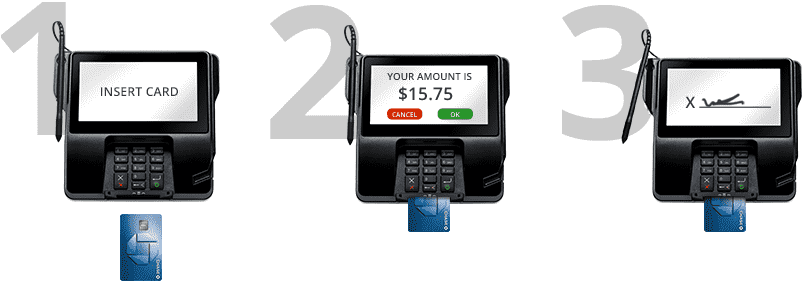
Where can I use my chip-enabled card in the U.S.?
Since your card has both a magnetic stripe and an embedded chip, you can use your card anywhere in the U.S. that accepts it.
What is a chip & signature card and what is a chip & PIN card?
Both Chip and Signature and Chip and PIN cards offer better fraud protection than traditional magnetic stripe cards. The only difference is that the Chip and PIN card requires you to enter a PIN at checkout while the Chip and Signature card only requires your signature. Most cards issued in the U.S. will be Chip and Signature cards, so there’s no additional PIN to remember.
Is chip & signature the same as contactless payment?
No, chip & signature is not the same as contactless payment. Instead of waving or tapping your Card in front of a special device as you do with contactless payments, a chip & signature Card must be inserted into a slot in a chip specific merchant terminal.
Can I use my chip card with Apple Pay
Yes. You may not be able to take a photo of your card, but you can upload your card information to PassbookTM and use it at participating retailers.
Most of the banks in the U.S. are beginning to issue chip cards now and expect to include the chip on most of the cards by the end of 2015. If you currently have a credit card, continue using it until you receive your new chip card.
